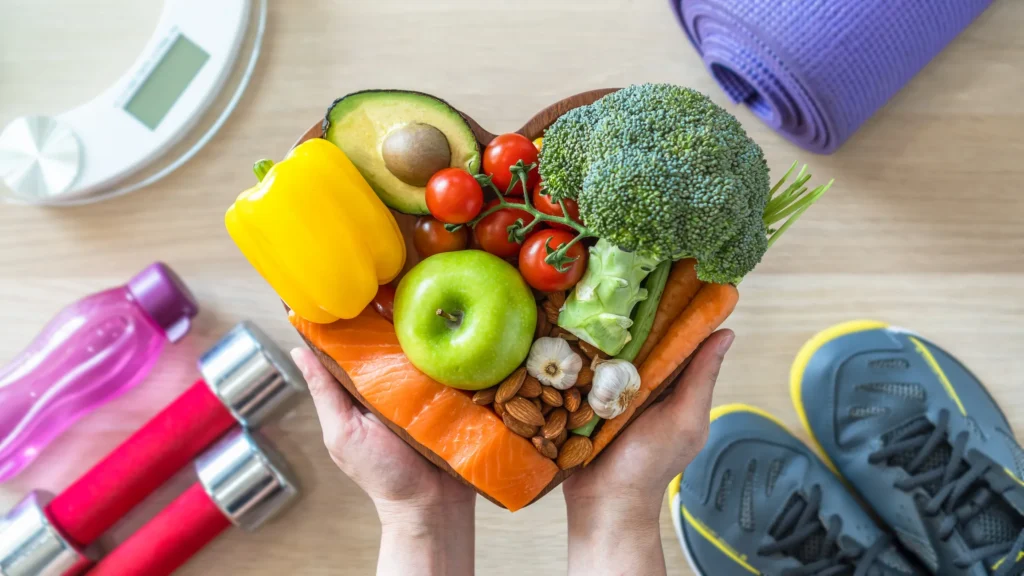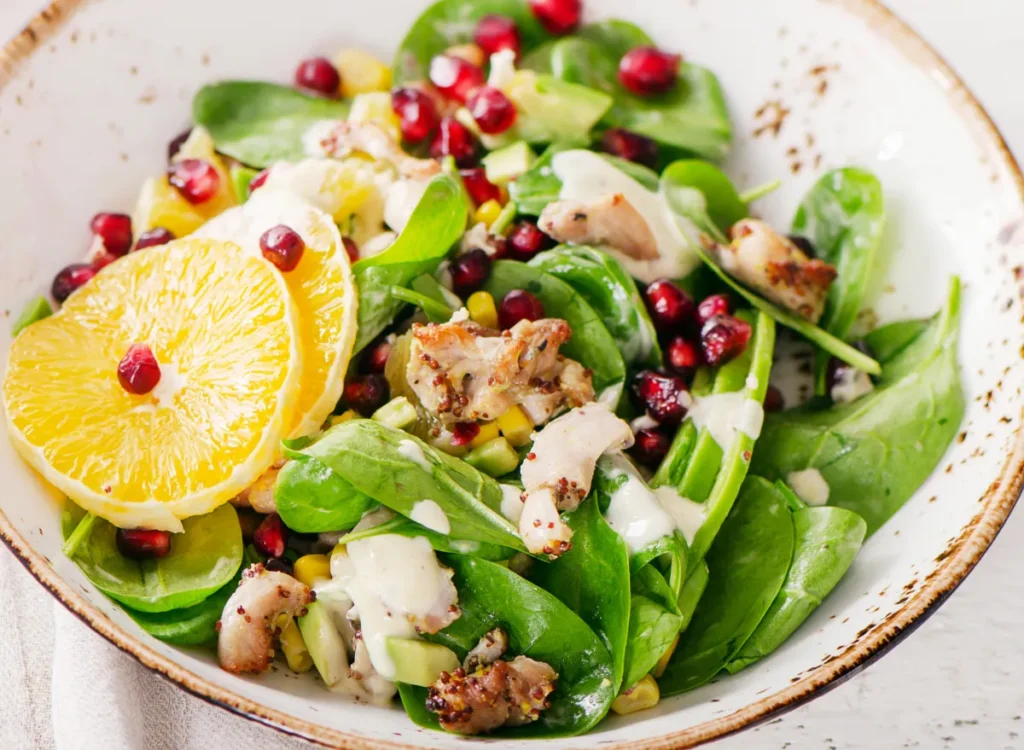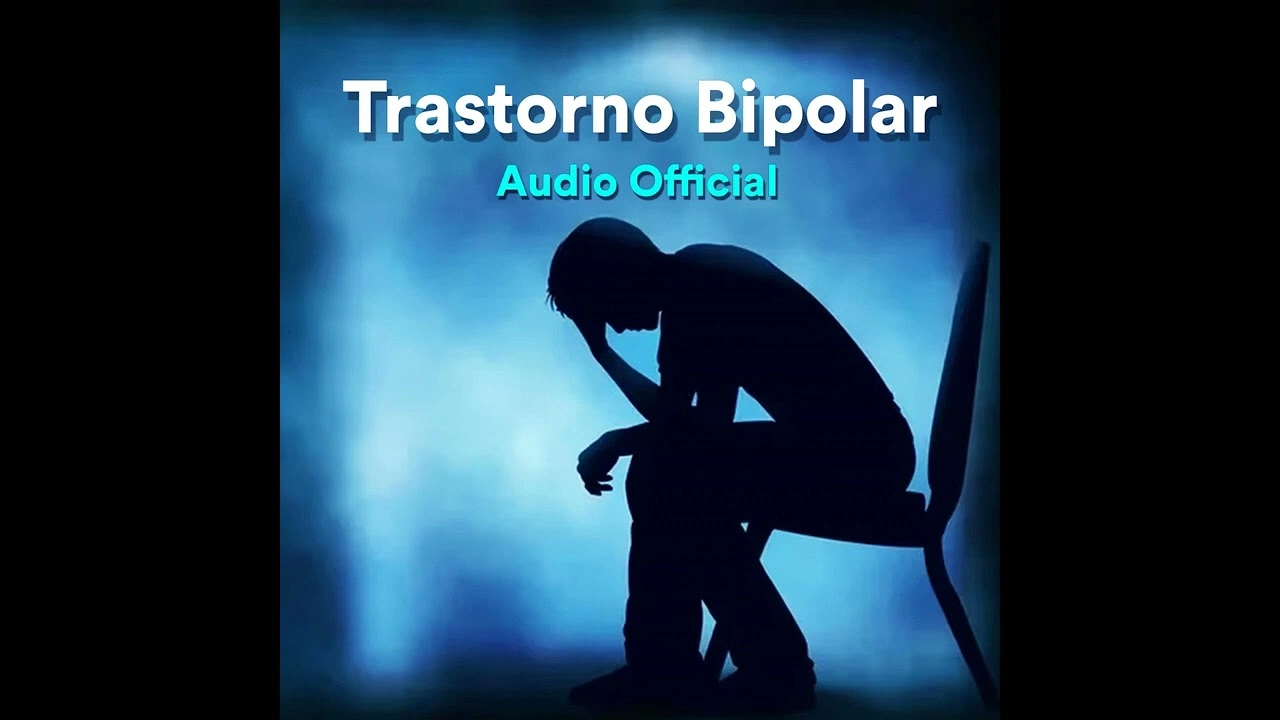Basic Nutrition for Weight Loss: It’s no secret that a lot of people struggle with their weight. That implies that while losing weight is difficult, it is completely achievable with the correct approach. When it comes to losing weight, there are two secrets to success. Let’s get started!

Make sure you know exactly what you want to accomplish before you start your endeavor. “How much weight do I need to lose to be healthy?” ask yourself.
Then, to progressively lose weight and keep it off, implement lifestyle modifications and create individualized goals in manageable chunks. To increase your chances of success, be ready to modify your way of life as needed.
What’s the Best Diet for Weight Loss?
As soon as they determine they need to lose weight, most people wonder what the ideal diet is for losing weight. Although it’s not an unreasonable question, it frequently suggests a less-than-ideal strategy, which is to intend on implementing a severely restrictive eating pattern for a while in order to lose weight.
Just swapping out harmful foods for healthier ones, not just for a few weeks, but forever, will help you lose weight and provide many other advantages.
Therefore, “What does a healthy diet look like?” would be a better set of questions. Because it is balanced, a healthy diet gives your body all the nutrients and minerals it needs to perform at its peak.
It prioritizes plant-based foods over animal products, particularly fruits and vegetables. It has a lot of protein. It has little salt or sugar. Fish, olive oil, and other plant-based oils are among the beneficial fats it contains.
Here are some instances of nutritious meals that can help you lose weight:
- A dish of bran flakes, walnuts, and sliced strawberries with nonfat milk for breakfast.
- A turkey sandwich on bread with veggies and a dressing made with vinegar and olive oil for lunch.
- A salmon steak over spinach for supper.
Additionally, eating a balanced diet does not require you to give up snacks. Almonds or pistachios, string cheese with an apple, Greek yogurt, or a banana with peanut butter are all healthy weight-loss snacks.
What’s the Healthiest Diet?
Nutritionists have not identified a single diet as “the healthiest.” Nonetheless, there are a number of eating patterns that specialists have either created for the best possible health or have shown to be beneficial when followed by various people worldwide.
These eating patterns tend to be plant-based, highlight healthy fats, avoid simple carbohydrates, and limit sodium intake, and prioritize natural foods over the highly processed foods that make up a large portion of the Western diet.
The Mediterranean diet, for instance, places a strong emphasis on whole grains, legumes, nuts, and minimally processed fruits and vegetables. It has moderate amounts of fish, poultry, cheese, and yogurt.
What Is Intermittent Fasting?
It’s likely that you’ve heard some encouraging tales of intermittent fasting success. However, is intermittent fasting effective and is it a healthy practice?
The ancient practice of fasting, or going without food for a while, is harmless as long as it isn’t overdone. Fasting has always had both spiritual and health advantages.
In terms of the body, a straightforward fast lowers blood sugar, decreases inflammation, boosts metabolism, eliminates toxins from damaged cells, and has been connected to improved brain function, a decreased chance of cancer, and less pain from arthritis.
The practice of regularly splitting one’s time between “eating windows” and abstention is known as intermittent fasting. Eating can be restricted to the hours of 7:00 a.m. to 3:00 p.m. on a typical intermittent fasting regimen.
What’s a High-Fat Weight Loss Diet?
It may seem contradictory, but consuming more fat rather than less helps many people lose weight, especially in the beginning. This approach, also known as a ketogenic or Keto diet, calls for consuming between 75 and 90 percent of your calories from fatty foods.
According to the hypothesis, consuming a lot of good fats and limiting carbohydrates causes your body to go into a modified metabolic state where it must start using fat for energy instead of sugar.
Studies do demonstrate that the ketogenic diet is a useful strategy for accelerating weight loss and lowering blood sugar levels. Long-term research demonstrating that it is a sustainable eating pattern for weight loss is, however, missing.
What Does a Healthy Eating Plate Look Like?

Because certain fundamental eating habits are linked to both weight loss and general health, the Healthy Eating Plate was created as a guide for meal planning and a balanced diet.
Equal amounts of whole grains (not refined grains like white bread and white rice) and nutritious proteins like fish, nuts, legumes, and poultry (not red meat or processed meats) should occupy one-half of the plate. Vegetables should make up two-thirds of the diet, with fruit making up the remaining portion.
Make an effort to provide a lot of diversity to this half of your plate, or your diet: Eat vegetables of many kinds and fruits of all hues (but don’t count French fries or potatoes as veggies).
Imagine a glass of water on one side of the plate, as it’s the finest beverage for both weight reduction and general health (you can use coffee or tea with little to no sugar at some meals). Limit your daily intake of milk to one or two servings.
Imagine a vessel filled with healthy oils, such as olive or canola oil, on the opposite side of the plate. Use it in place of butter when cooking or serving.
Summary
A person can maintain a reasonable weight by combining an active lifestyle with a good diet. Shopping and meal planning are helpful for effective weight loss.
Calorie counting might not be the sole effective weight loss strategy. When someone customizes their weight loss program to meet their unique needs, it has a higher chance of success.
A qualified nutrition specialist or registered dietitian can help someone create the best meal plan and provide support as they strive to lose weight.







